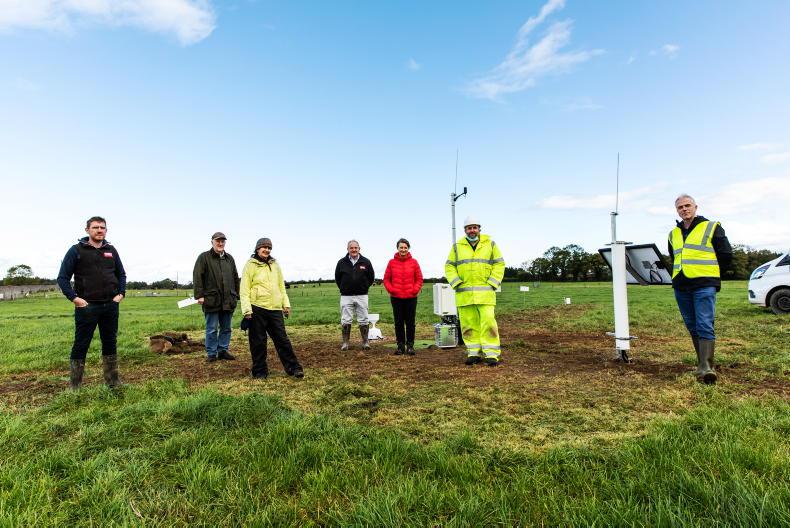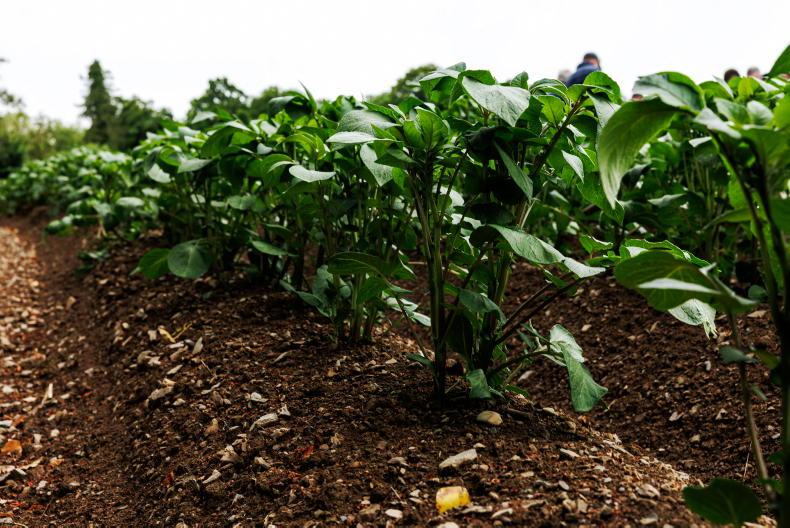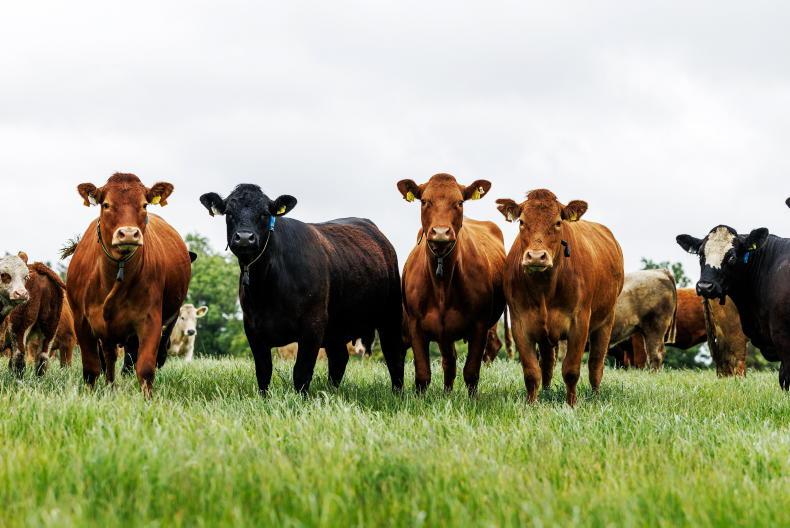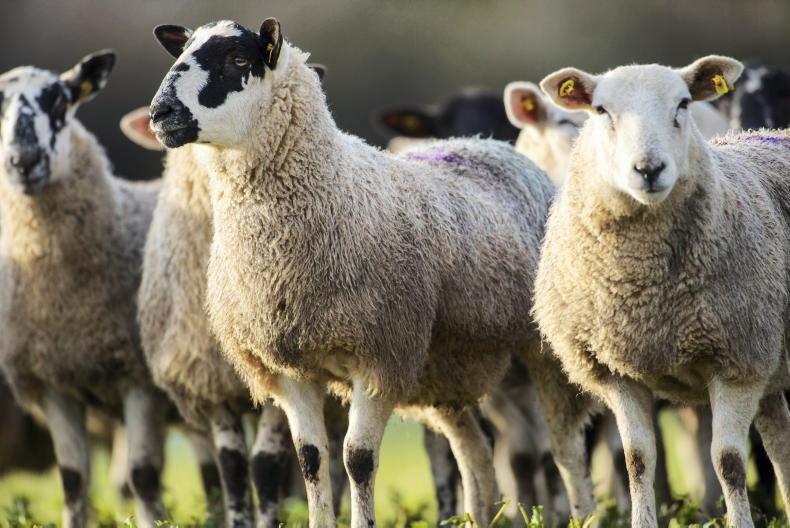Soil moisture can impact farms in many different ways – when work can be carried out, when animals can graze, how much grass grows, how much carbon is released and how efficiently fertiliser is used, to name but a few things.
This is why it is so important to have accurate ways of measuring and predicting soil moisture levels. Having good weather data can help to make well-informed decisions.
On Tuesday 5 October, a new state-of-the-art weather station was installed on Tullamore Farm. This station can measure soil moisture conditions in a 0.6ha area.
As information begins to come from the station, we will see how parameters like soil moisture and rainfall are affecting grass growth and it will help to inform decisions on fertiliser application.
The station is one of 10 being installed as part of the new Irish Soil Moisture Monitoring Network (ISMON), which is funded by the Carbon Tax Fund. The majority of these stations are being placed on research farms, so having a working farm among the network should be a positive.
As Tullamore Farm looks more and more at the future of farming and carbon storage, the soil moisture data may help to explain the conditions of the soil on-farm.
The project is led by Met Éireann, UCD and Teagasc, and information from the station will improve soil moisture predictions, as well as contributing to research projects and helping to better understand how nutrients move in the soil and affect water quality.
Director of Met Éireann, Eoin Moran, explained that the stations will improve the reliability of soil moisture prediction models.
"As we witness the growing effects of climate change, it is vital to have an accurate assessment of soil moisture in a comprehensive and country wide manner, i.e for numerical weather prediction, flood forecasting, drought assessment, water resource management and wildfire risk."
Teagasc director, Professor Frank O’Mara, said the improved measurement and prediction of soil moisture “will enable farmers to further tailor farm advice, such as fertiliser and manure timing, to avoid conditions that lead to lower efficiency and contribute to environmental loss."









SHARING OPTIONS